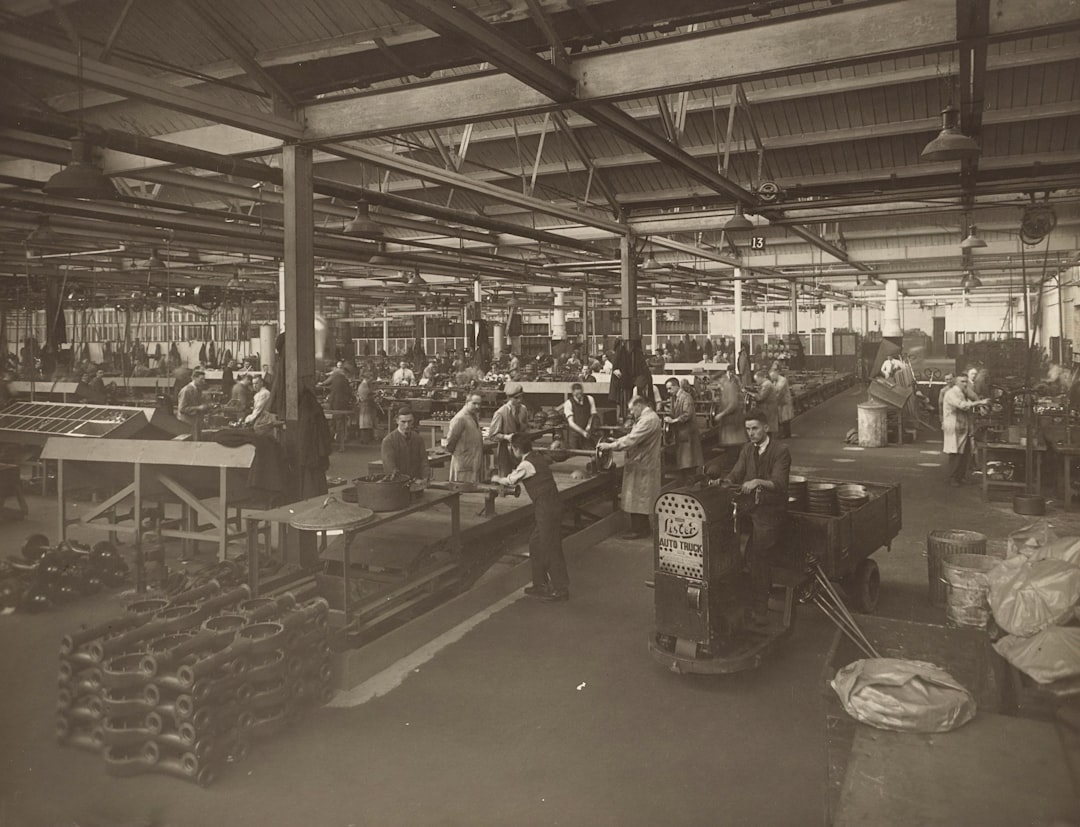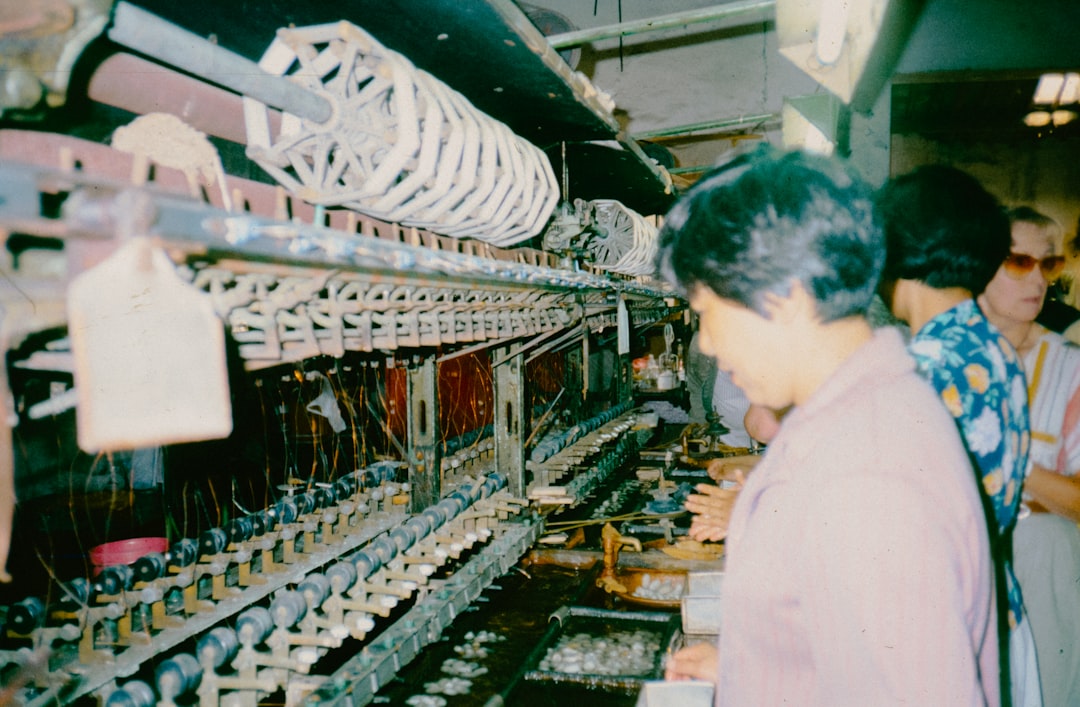Imagine your favorite gadget suddenly stops working. You rush to get it fixed, but the repair shop says, “Sorry, we can’t help. That part isn’t made anymore.” Welcome to the world of electronic obsolescence.
It’s a headache for many. But for electronics manufacturers, it can be a very expensive problem. When a single part vanishes from the market, it can stop a whole production line. That means unhappy customers and lost money.
That’s why 5 out of 10 electronics manufacturers use something called obsolescence management. Sounds fancy, right? Don’t worry—it’s simple, smart, and super helpful.
What Is Obsolescence Management?
It’s like future-proofing. Electronics makers keep track of every part in a product. They ask questions like:
- Is this part going out of production soon?
- Do we have enough spares?
- Is there an alternative part we can use?
By doing this, they avoid surprise problems and costly delays. It’s like checking the weather before going on a hike. Nobody wants a storm when you’re halfway up the mountain!
Why Do Parts Become Obsolete?
Good question. Here are a few reasons:
- New technology replaces old ones.
- Suppliers stop making certain parts.
- Parts don’t meet new laws or safety standards.
- Low demand makes it unprofitable to keep making them.
Companies can’t control when these changes happen. But they can control how they respond.
How Obsolescence Can Hurt
Let’s say a company makes smart fridges. One tiny computer chip inside the fridge becomes unavailable. No chip, no fridge. Production stops.
Then you have:
- Angry customers wondering where their fridge is.
- Workers with nothing to build.
- Money lost every minute production slows down.
That’s what we call costly downtime. And companies hate it.

The 5 Smart Things Obsolescence Management Can Do
- Track parts’ life cycles. Know when a part is no longer being made, before it’s too late.
- Find alternatives early. Swap an old part for a newer, better one without disruption.
- Stock up in advance. Order key parts before they vanish from shelves.
- Work with suppliers. Share info and get updates about part availability.
- Update designs. Adjust product blueprints to use current parts.
Sounds smart? It is. That’s why more and more companies are getting serious about planning for the future.
The Cost of Doing Nothing
Some manufacturers ignore this issue. Maybe they think, “We’ll deal with it if it happens.”
But when it hits, the costs can be huge:
- Delays in shipping products
- High prices for rare replacement parts
- Extra rush fees for emergency repairs
- Lost sales and customer trust
It’s like ignoring the low-battery warning on your phone—you’ll regret it when it dies mid-call!
Real-World Example: The Widget Blunder
A company made industrial sensors. Everything was going great. But then—disaster. A key component was discontinued. No warning. No replacement.
Production stopped. Orders were stuck. Customers were mad. It took three months of research and redesign to fix the issue.
All of it could have been avoided with better obsolescence planning.

Software to the Rescue
Thankfully, today’s tools make obsolescence management easier. Software systems can:
- Send alerts when parts change status
- Show alternative components
- Connect you to global suppliers
- Keep design files updated
It’s like having a smart assistant always watching your supply chain. These tools help companies stay one step ahead.
Why Only 5 Out of 10?
So if obsolescence management is so great, why don’t all manufacturers use it?
Well, some think it’s too much work. Or too expensive. Or maybe they’ve been lucky so far.
But as tech gets faster and parts change more quickly, companies see the value. That number—five out of ten—is growing fast.
How to Get Started
Want to join the smart half of the electronics world? Here’s a simple plan:
- Make a list of every part in your product lineup.
- Check their status. Are any going obsolete?
- Talk to suppliers. Get insights and updates.
- Use a tool to track parts’ life cycles automatically.
- Create a backup plan. Know your alternatives.
Even small changes today can save big headaches tomorrow.
Conclusion: Don’t Wait to Act
It’s clear why so many manufacturers are taking obsolescence management seriously:
- It prevents downtime
- It saves money
- It keeps customers happy
In an industry where time is money, planning ahead is always the smart move. Whether you make smartphones or satellites, your future depends on reliable parts.
So be like the smart half of electronics manufacturers. Track your parts. Plan for change. And keep your production line rolling smoothly—no surprises allowed!
